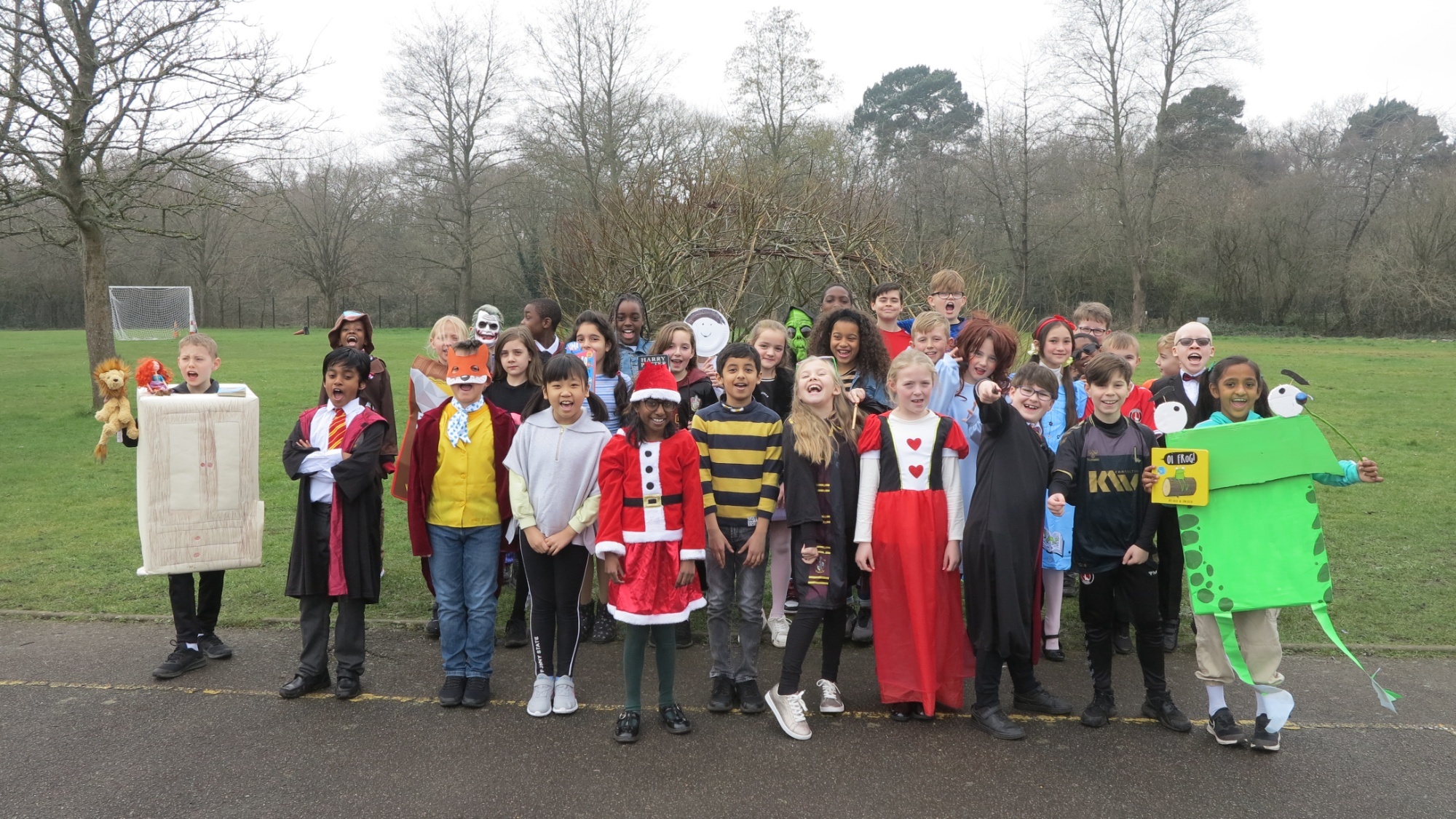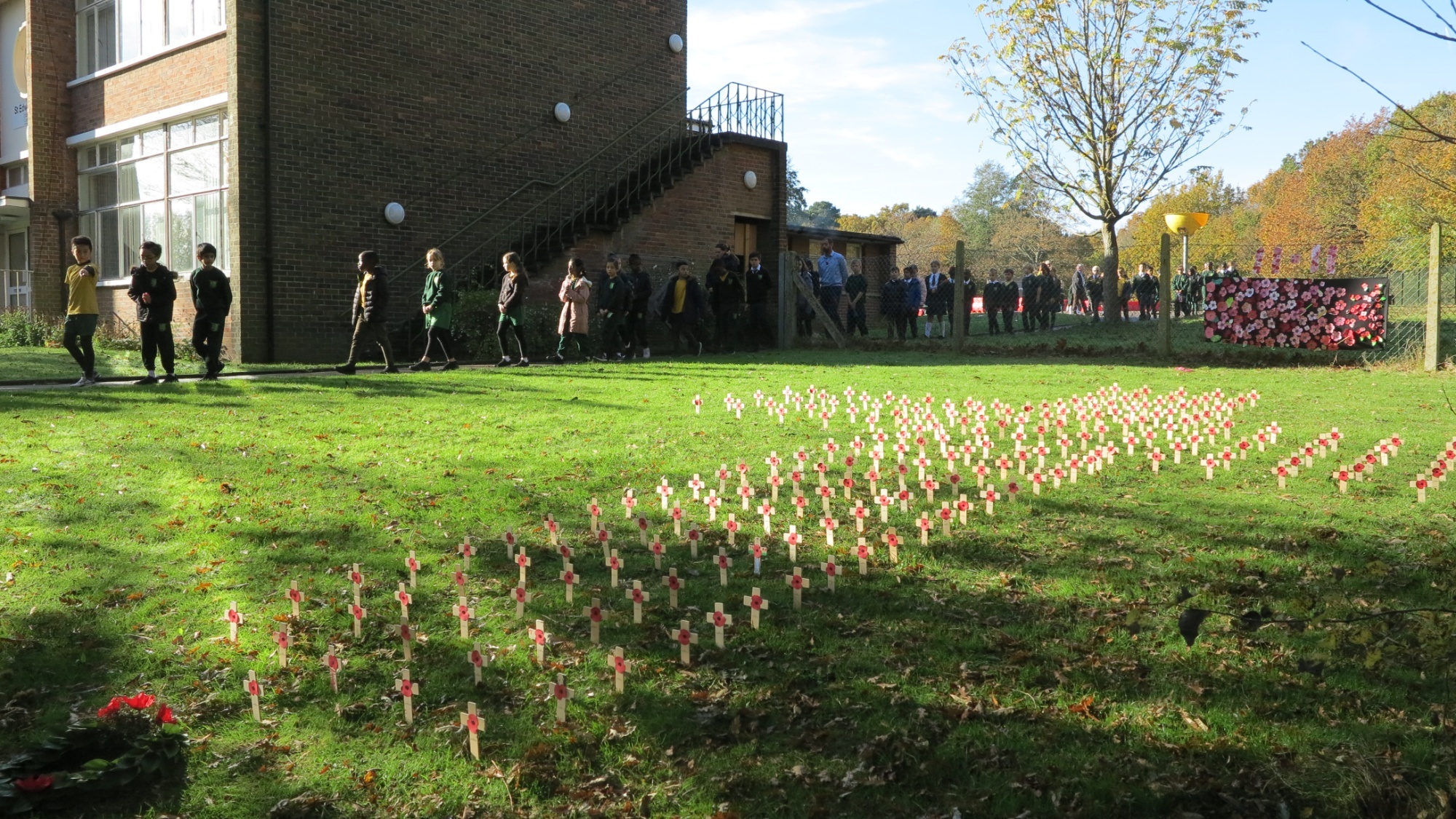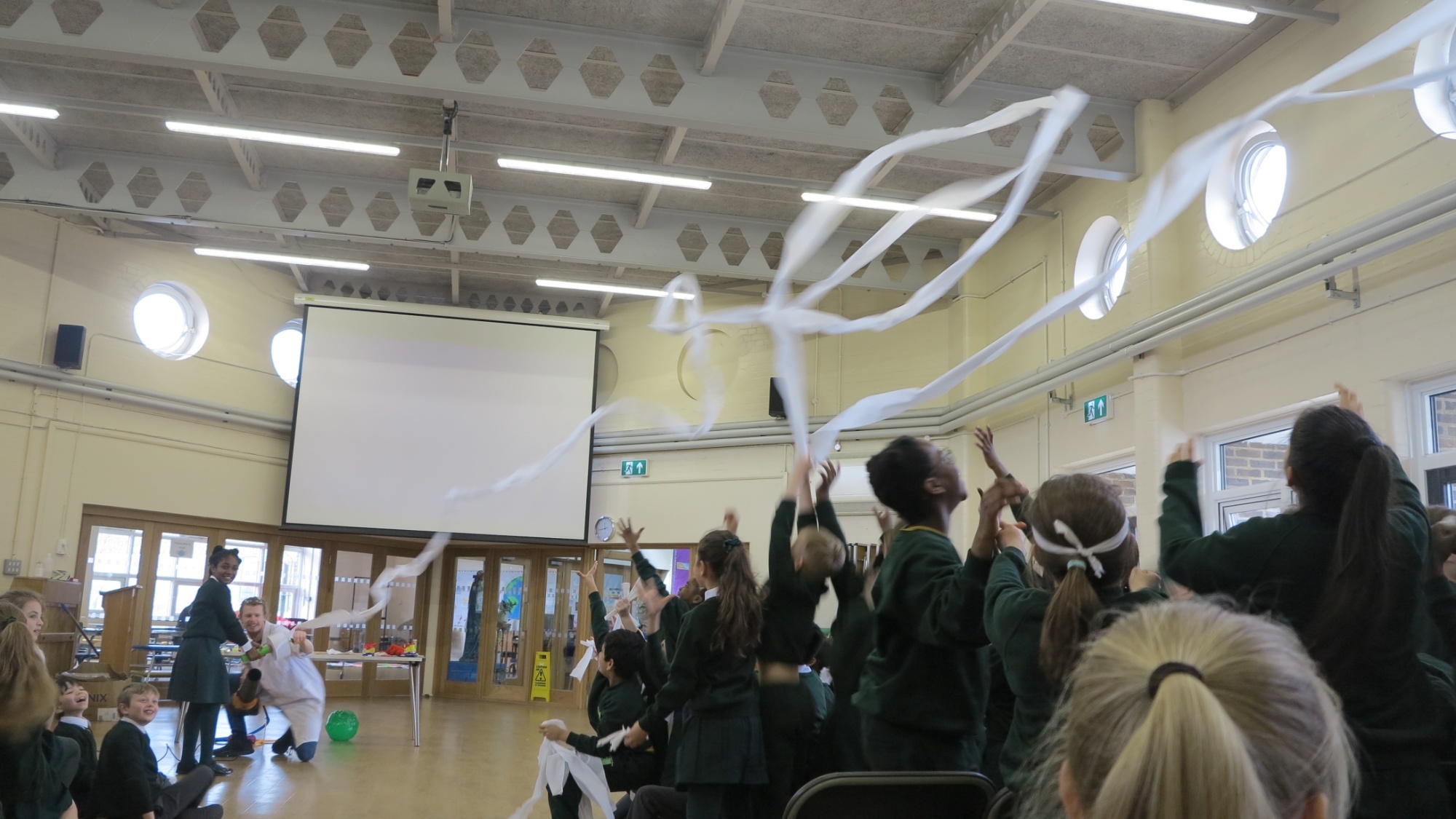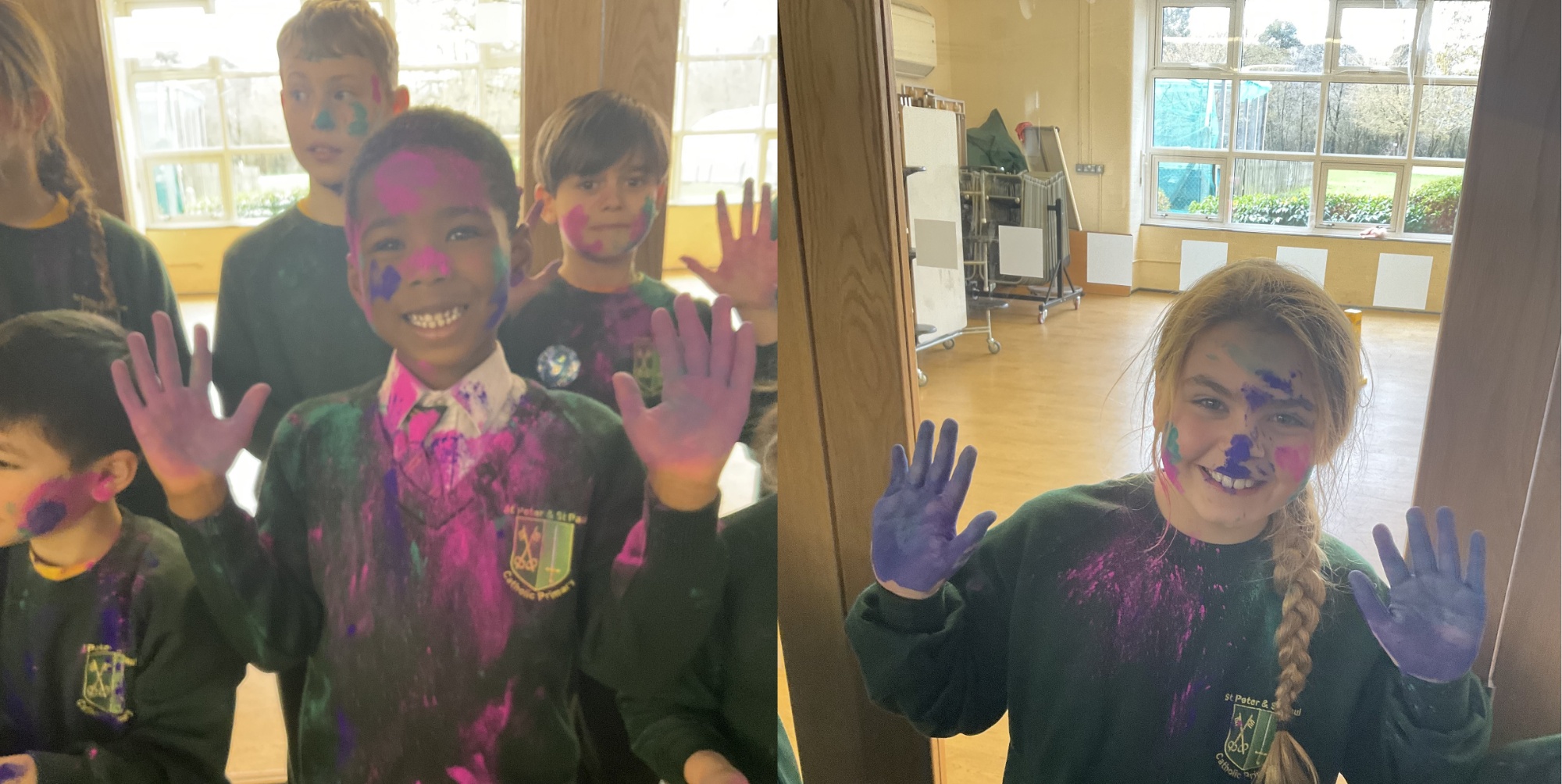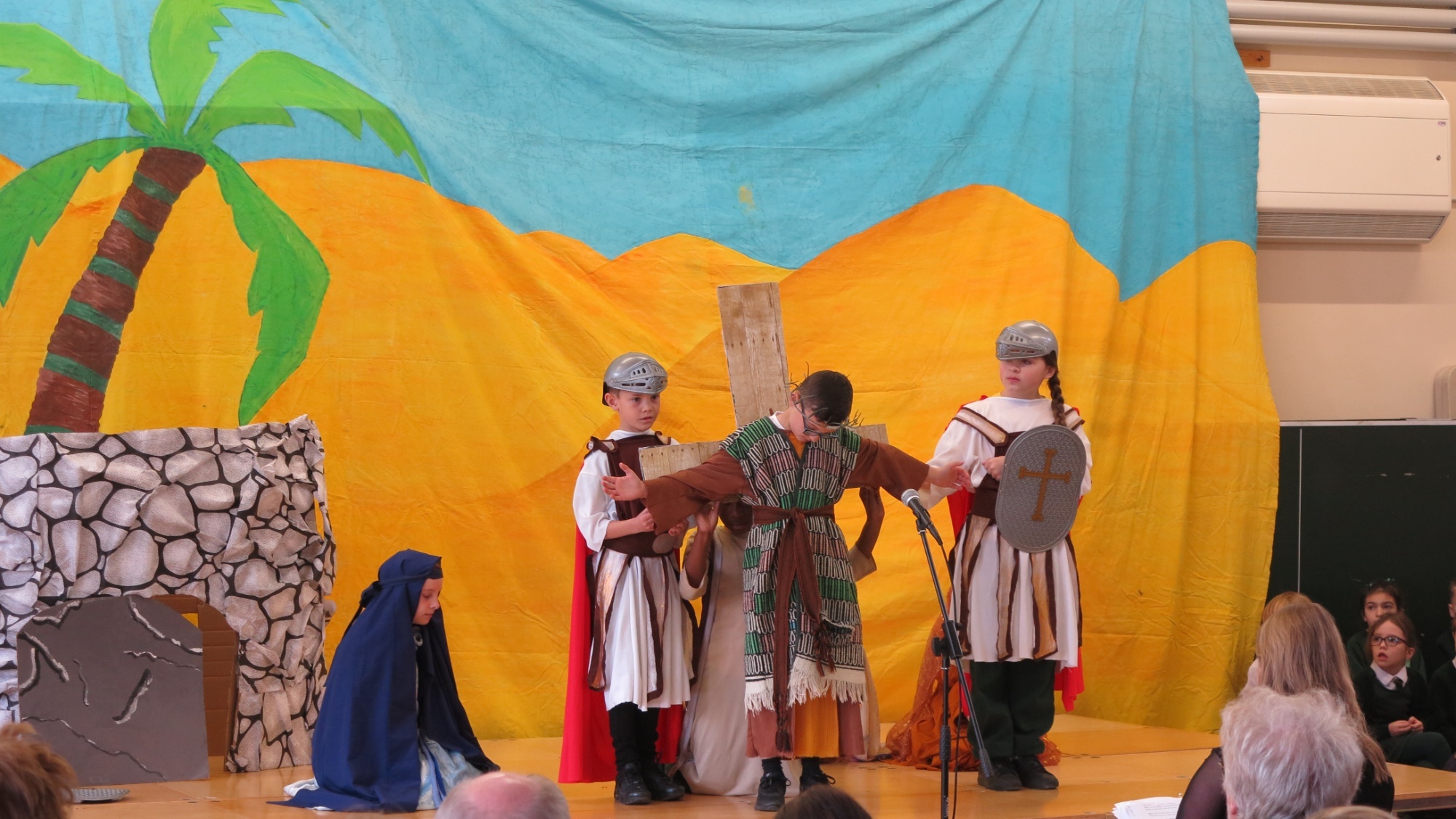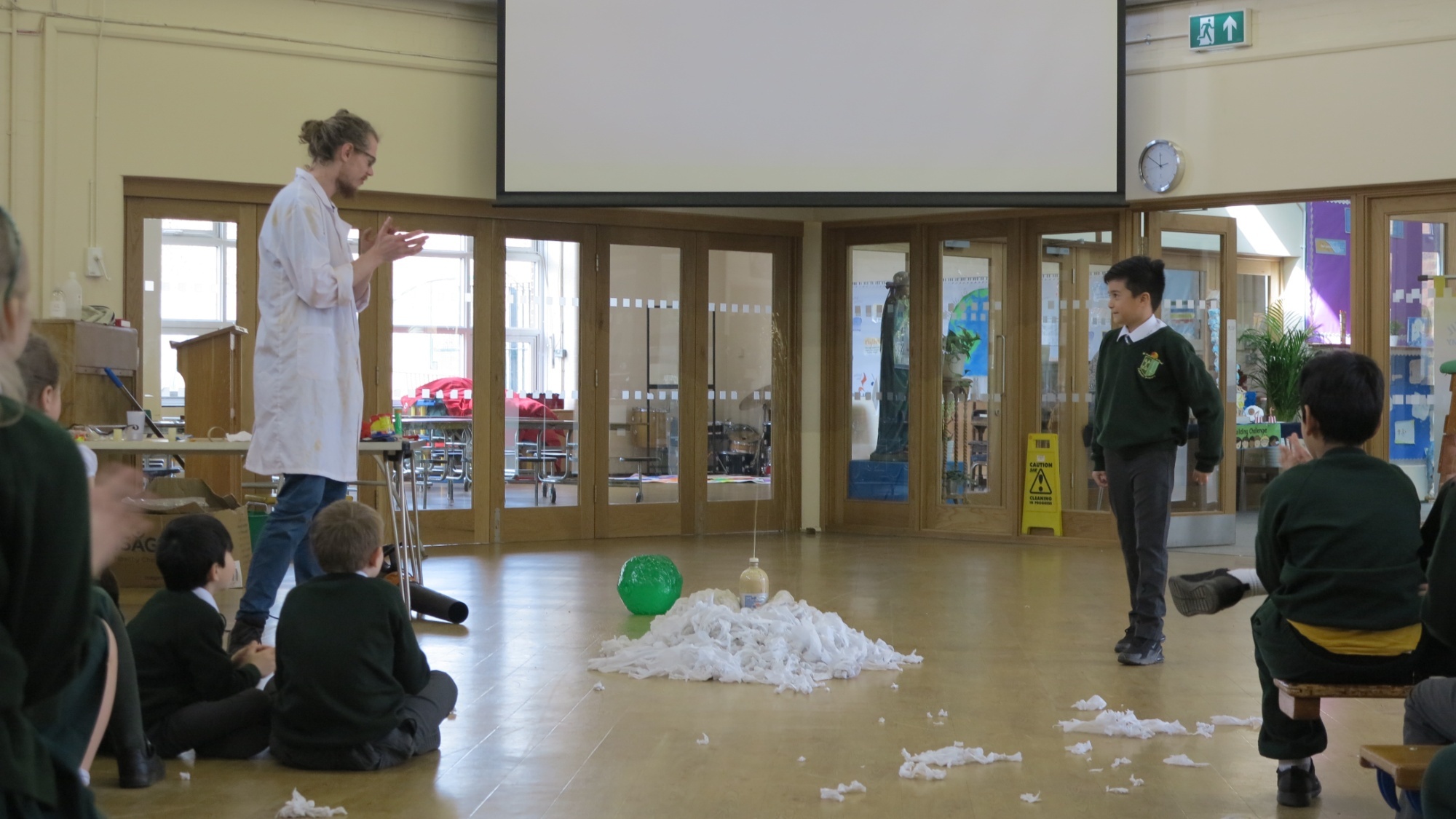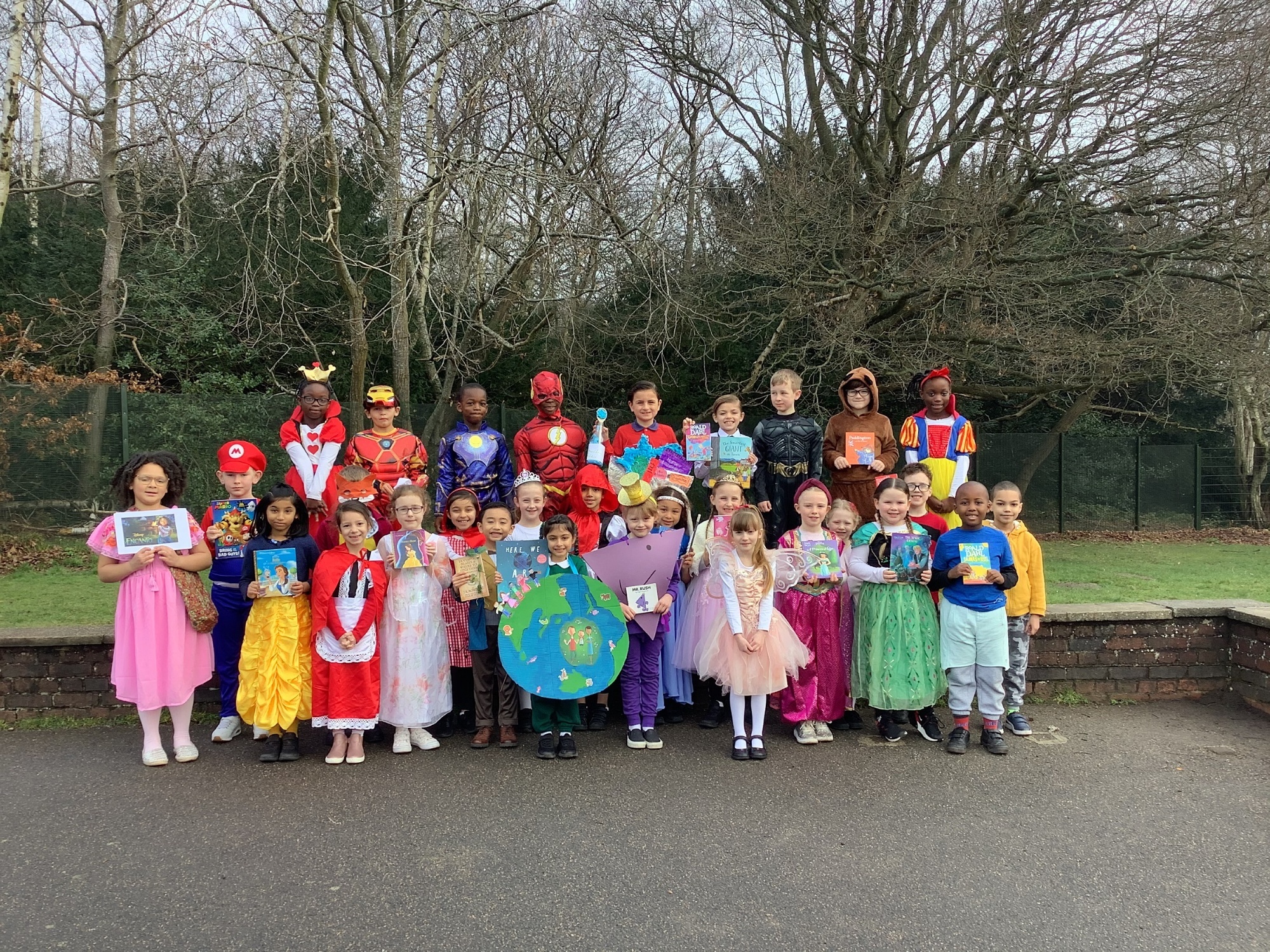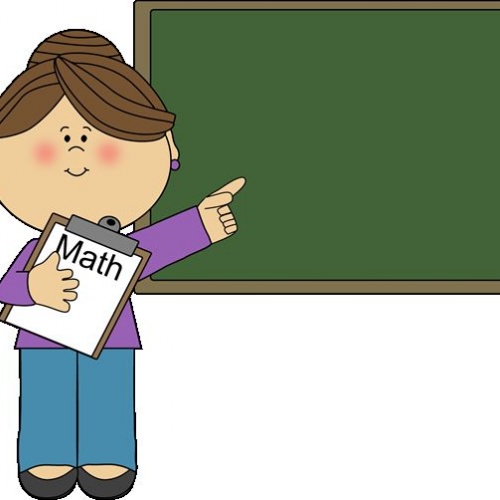
Monday 30.11.20
Good morning to those of you learning at home this week. Please find your lessons attached below.
Registration & Early Morning work
Class Worship - Daily Prayer
Good morning, Dear Jesus
I give you this day,
My soul and my body,
My work and my play.
All for you dear Jesus,
All for you this day.
Amen
SCIENCE
To use their observations and ideas to suggest answers to questions in the context of considering whether doctors are scientists.
I can use my own ideas to explain how doctors use science.
To describe the importance for humans of exercise, of eating the right amounts of different types of food, and hygiene in the context of creating a poster for a doctor’s surgery to explain how to stay healthy.
I can describe what is important in order to stay healthy.
Key/New Words:
Doctor, science, Elizabeth Garrett
Anderson, surgery, healthy, exercise, diet, hygiene, clean.
Resources:
Lesson Pack
Internet access required to access video clip
Are Doctors Scientists? Children discuss whether doctors are scientists and share their ideas with their partner
Meet a Doctor: Children watch this BBC clip and meet Dr Dave Caesar, who explains how he uses science in his role as a doctor. The clip also includes a timeline of medicine and information about Elizabeth Garrett Anderson, the first female doctor in Britain. While watching, encourage children to consider how doctors use science. Elizabeth Garret Anderson: Use the Lesson Presentation to tell the story of how Elizabeth Garrett Anderson became the first female doctor in Britain. Using Science: Describe the science skills that doctors must have as shown on the Lesson Presentation. Look for children who can discuss how doctors use science in their work.
Children use the differentiated Doctor’s Surgery Activity Sheet to create a poster for their own imaginary doctor’s surgery, telling people how to stay healthy.
Maths –
Follow the link to watch the video.
Print out the worksheet to complete.
Daily Mile & Break
Wash hands
SPELLING TEST
English – Rosie Revere, Engineer by Andrea Beaty
L.O - To plan or say out loud what they are going to write about
Walk through’ the working wall from the past two weeks to
remind children about all they have learned.
In Talking Partners children are to share the questions that
they recorded in session 7. Orally, create responses to these
questions.
Create a plan for the leaflet using the
questions from session 7 (and any
additional questions the children have
since found the answers to) as headings.
Aim for the children to have around 6
questions, maybe three about the exterior
of the bridge and walkway, and three
about the engine room.
I can plan my writing
Lunch
Wash hands
Read your online book for at least 15 minutes.
Topic – Art
Develop a wide range of art and design techniques in using colour, pattern, texture, line, shape, form and space in the context of drawing buildings in the style of Lowry.
Learn about the work of a range of artists in the context of LS Lowry.
Key/New Words:
Factory, terraced houses.
Resources:
A3 sugar paper in the colour of brick or stone.
Prefold each piece of A4 sugar paper twice to make three equal horizontal parts.
Black Marker pens
Who is L.S. Lowry? Revisit previous learning about the artist and his work.
Lowry’s Cities:
- Children are reminded of previous work towards the Lowry City Collages.
- As a class, children examine ‘Coming from the Mill’ (1930) to observe the different kinds of buildings in the picture.
Children look at the features of the houses and factories in Lowry’s paintings.
Making Lowry Buildings: Demonstrate how to draw an outline of some Lowry style buildings along the length of previously folded paper in landscape orientation.
- Model drawing the outline of a tower to the top of the paper.
- Model drawing the outline of a factory to the fold two thirds of the way up the paper.
- Model filling the remaining length of the paper with the outline of terraced houses.
- Use a marker pen to fill in details like windows, doors and roofs.
Show the ‘What a good one looks like’ slide to illustrate the end result.
Making Lowry Buildings: Children draw buildings on paper in the style of LS Lowry.
Who Lives Here? In pairs, children imagine characters to live in the terraced houses, and feed back to the rest of the class.
I can draw the outline of buildings of different sizes.
I can fill in details like roofs, doors and windows.
I can tell you something about Lowry’s landscape paintings.
I can tell you what kind of buildings were in Lowry’s landscape paintings.



